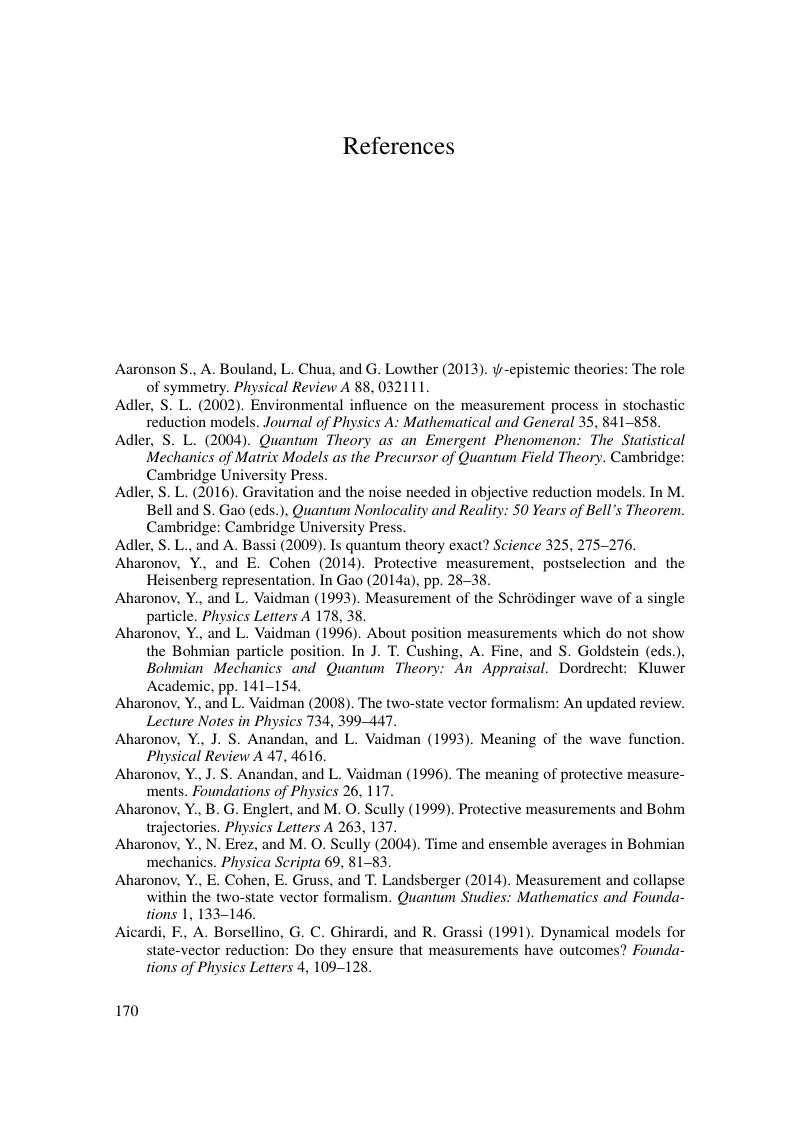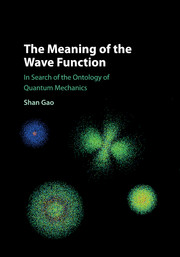Book contents
- Frontmatter
- Dedication
- Epigraph
- Contents
- Preface
- 1 Quantum Mechanics and Experience
- 2 The Wave Function: Ontic versus Epistemic
- 3 The Nomological View
- 4 Reality of the Wave Function
- 5 Origin of the Schrödinger Equation
- 6 The Ontology of Quantum Mechanics (I)
- 7 The Ontology of Quantum Mechanics (II)
- 8 Implications for Solving the Measurement Problem
- 9 Quantum Ontology and Relativity
- Epilogue
- References
- Index
- References
References
Published online by Cambridge University Press: 13 April 2017
- Frontmatter
- Dedication
- Epigraph
- Contents
- Preface
- 1 Quantum Mechanics and Experience
- 2 The Wave Function: Ontic versus Epistemic
- 3 The Nomological View
- 4 Reality of the Wave Function
- 5 Origin of the Schrödinger Equation
- 6 The Ontology of Quantum Mechanics (I)
- 7 The Ontology of Quantum Mechanics (II)
- 8 Implications for Solving the Measurement Problem
- 9 Quantum Ontology and Relativity
- Epilogue
- References
- Index
- References
Summary

- Type
- Chapter
- Information
- The Meaning of the Wave FunctionIn Search of the Ontology of Quantum Mechanics, pp. 170 - 184Publisher: Cambridge University PressPrint publication year: 2017



